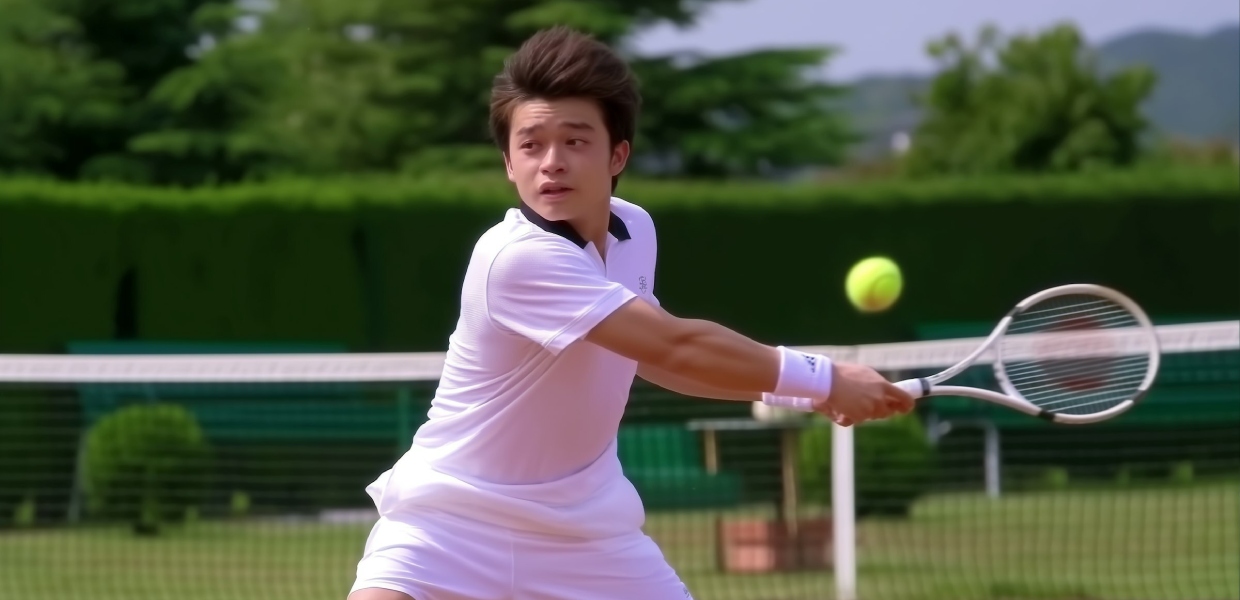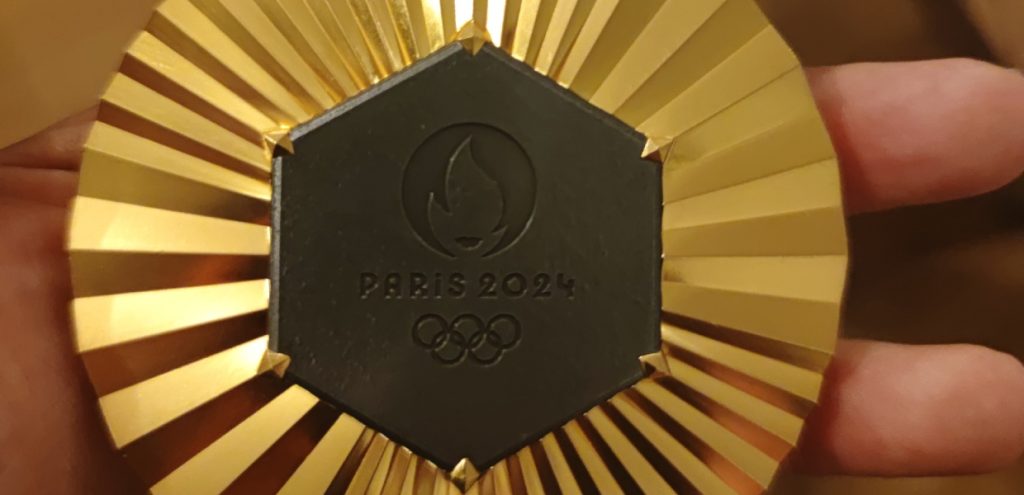Blog
Comparing Matchplay Characteristics and Physical Demands of Junior and Professional Tennis Athletes in the Era of Big Data

Introduction to the Article
The article explores the significant differences between junior and professional tennis players. Leveraging large datasets and advanced analytical methods, it highlights variations in performance, physical demands, and tactical approaches. The study aims to provide a deeper understanding of how athletes transition from junior to professional levels, offering insights for coaches and players to optimize training and preparation.
Summary of Key Aspects
The article identifies several notable distinctions between junior and professional tennis players, illustrating how the demands and characteristics of the game evolve with progression to higher competition levels.
When focusing on the top 1000 players in each circuit, the study found that higher-ranked players, both juniors and professionals, participated in more events per year compared to their lower-ranked counterparts. Matches, sets, and games played were positively correlated with player ranking. Although junior players had less match activity overall, junior boys consistently showed a higher match win percentage within each rank group than professionals, a trend that became more pronounced as ranking decreased. Similar patterns were observed between junior girls and professional women.
Regarding match characteristics, data from the 2017 Australian Open revealed notable differences between juniors and professionals. For both male and female players, professionals demonstrated a higher frequency of aces, a greater percentage of points won at the net, and a better ratio of winners to unforced errors. Professional men significantly outperformed juniors in service statistics, such as total service points won, first service points won, and second service points won. Interestingly, these differences were not as pronounced among female players.
Serve performance emerged as a critical area where professionals outperformed juniors. At the elite level, serving capabilities—marked by superior accuracy, speed, and efficiency—played a pivotal role in determining match outcomes, especially in high-stakes scenarios. Similarly, professionals surpassed juniors in stroke production, delivering a greater number of shots per match. Both male and female professional players displayed higher impact speeds than juniors, and professional men covered significantly more distance per point and nearly double the distance per Grand Slam match compared to junior boys.
Some of the most significant differences between juniors and professionals were observed in the physical demands of play. Professional players exhibited greater power and accuracy, particularly in the late stages of Grand Slam tournaments. While this can be attributed in part to the physical maturation of athletes, direct evidence remains limited. The professional game also imposes substantially greater physical demands, with players covering more ground and performing more work during matches, especially in the intense conditions of Grand Slam tournaments. These demands test not only physical stamina but also the ability to recover and maintain peak performance over extended periods. For example, shot production on serves and rallies nearly doubles at the senior level, and the total work performed in the second week of a men’s Grand Slam is more than double that of comparable junior matches.
Conclusions and Practical Applications
Although detailed data on junior matchplay is still more limited than for professional matchplay—and sample sizes for modern tracking data comparisons can be small—the study demonstrates that there is sufficient information to draw meaningful comparisons between junior and professional tennis.
The findings offer valuable insights for athletes and coaches, providing practical strategies to bridge the gap between junior and professional levels. One key recommendation is the establishment of tailored developmental pathways. These pathways should gradually introduce junior players to the intensity and demands of professional-level competition, enabling them to adapt both physically and mentally. This systematic progression helps build the resilience and skills necessary for success at higher levels.
Physical conditioning is another critical focus, as professional players exhibit significantly higher work rates and distances traveled during matches. This underscores the need for robust conditioning programs that prepare athletes for these demands and incorporate effective recovery strategies to sustain long-term performance and minimize injury risks.
Identifying differences in competitiveness, play demands, and the physical characteristics of shots and movement between junior and professional levels provides a roadmap for young tennis players and their coaches. These insights help set realistic expectations and design training programs to facilitate a smoother transition to elite-level competition.



